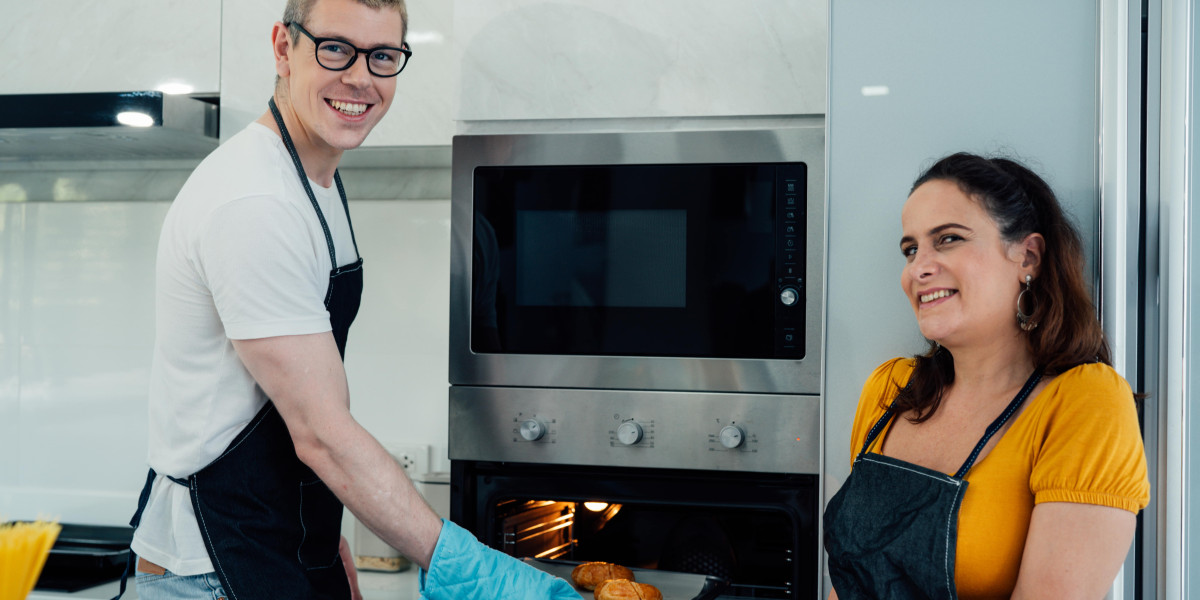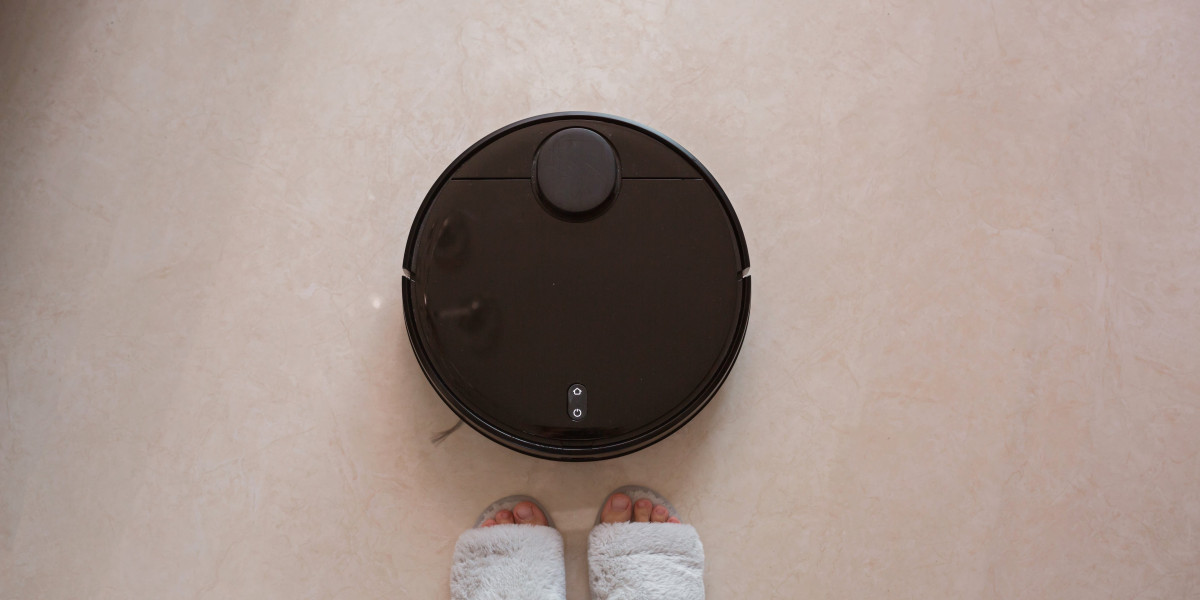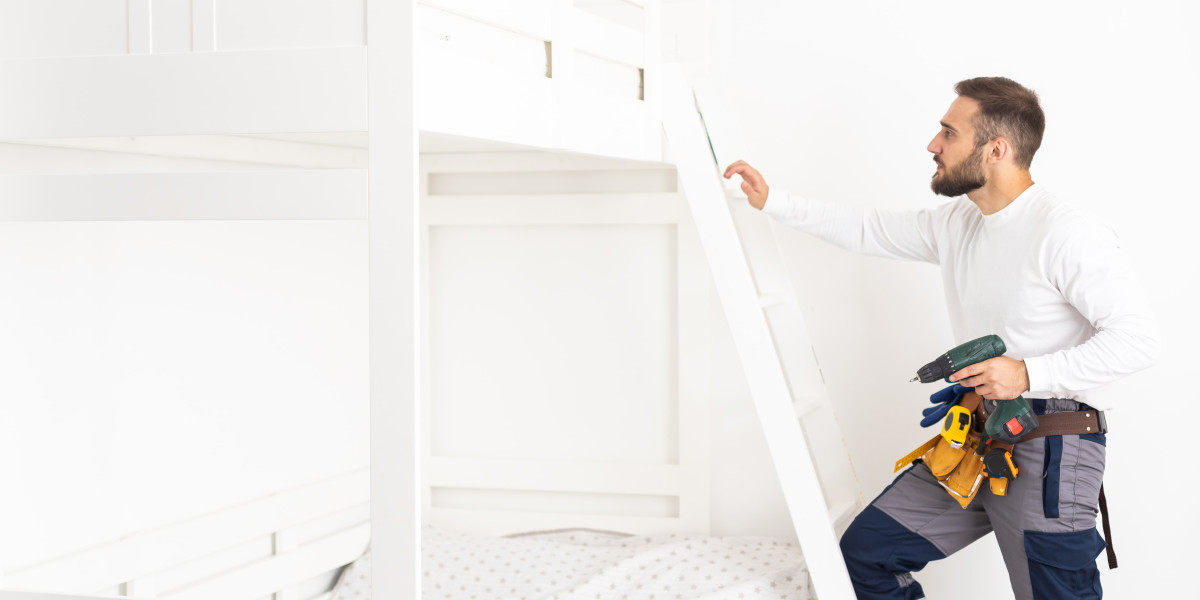
The Comprehensive Guide to Built-In Cookers and Hobs
Built-in cookers and hobs have actually ended up being progressively popular in modern cooking areas, providing both performance and visual appeal. These integrated appliances, created to fit perfectly into kitchen cabinetry, optimize area while improving the cooking experience. This short article will explore the various types of built-in cookers and hobs, their advantages, upkeep ideas, and regularly asked questions.
Comprehending Built-In Cookers and Hobs
Built-in cookers generally include ovens, while hobs describe the cooking surface area that can include different heating aspects such as gas burners, electric coils, or induction zones. When combined, these 2 appliances produce an efficient and streamlined cooking setup.
Kinds Of Built-In Cookers and Hobs
When choosing a built-in intergrated cooker and hob, it's necessary to understand the various types offered. Here's a detailed table comparing the primary types:
| Type | Description | Pros | Cons |
|---|---|---|---|
| Gas Hob | Uses gas as a fuel source. | Quick heat change, cooking control. | Requires gas line setup. |
| Electric Hob | Uses electric coils or solid plate heating. | Usually less costly, simple to tidy. | Slower to heat and cool off. |
| Induction Hob | Uses electromagnetic energy for cooking. | Quick heating, energy-efficient, safe. | Pricey, needs suitable pots and pans. |
| Built-In Oven | Can be electric, gas, or combination. | Versatile cooking options, different sizes. | Fixed area, prospective installation complexity. |
Benefits of Built-In Cookers and Hobs
Space-Saving Design: AEG 6000 Built-In Electric Double Oven - Buy Now units save area by integrating seamlessly into the kitchen design, leaving more room for storage and countertops.
Visual Appeal: They provide a sleek and contemporary look, raising the style of any kitchen.
Personalization: With numerous styles and setups, house owners can select appliances that best suit their cooking practices and kitchen measurements.
Improved Functionality: Built-in cookers often feature sophisticated features such as self-cleaning choices, several cooking modes, and programmable timers.
Security Features: Modern hobs integrate features like automatic shut-off and child locks, enhancing security in the kitchen.
Upkeep Tips for Built-In Cookers and Hobs
To guarantee the durability and ideal performance of built-in cookers and hobs, appropriate maintenance is vital. Below are essential maintenance ideas:
Regular Cleaning: Wipe spills and discolorations instantly to prevent them from hardening or ending up being harder to clean.
Usage Appropriate Cleaning Supplies: Avoid abrasive materials that can scratch surfaces. Use cleaner particularly designed for the kind of appliance you have.
Check Gas and Electrical Connections: Regular inspections can avoid leaks and ensure ideal efficiency.
Adjust Temperature Settings: If you discover disparities in cooking temperature levels, think about recalibrating the oven.
Schedule Professional Servicing: Annual check-ups can assist determine and rectify minor concerns before they intensify.
Picking the Right Built-In Cooker and Hob
When selecting a built-in cooker and hob, a number of aspects need to be thought about:
1. Cooking Preferences:
- If you enjoy quick temperature modifications, a gas hob may be perfect.
- For energy performance and consistent cooking, induction hobs are chosen.
2. Kitchen Size:
- Consider the area offered for installation. Step cabinets and other appliances to ensure the chosen unit fits comfortably.
3. Design and Design:
- Opt for designs that complement your kitchen's decoration. Built-in systems come in various surfaces, such as Bosch Stainless Steel Built-In Electric Oven-steel, black, or custom cabinets.
4. Budget:
- Establish a budget plan that consider purchase expenses, setup costs, and long-term operating expenses.
5. Brand name Reputation:
- Research trusted brands known for reliability and customer care. Reading reviews and seeking suggestions can also be useful.
Frequently Asked Questions (FAQs)
Q1: Are built-in cookers and hobs more costly than traditional units?A1: Generally, built-in cookers and hobs can be more costly upfront due to setup and design. Nevertheless, they may offer long-lasting cost savings through energy efficiency.
Q2: Can I set up a built-in inbuilt cooker or hob myself?A2: While some may be set up by house owners, it is typically advised to hire a professional, particularly for gas or complex electrical connections, to guarantee security and compliance with regional codes.
Q3: What is the typical lifespan of built-in cookers and hobs?A3: With proper care, built-in cookers and hobs can last anywhere from 10 to 15 years. Routine maintenance can extend their life.
Q4: Is it possible to combine various types of hobs with the very same oven?A4: Yes, lots of kitchen areas feature a mix of hobs (e.g., gas and induction) alongside a Baridi 60cm Built-In Oven - 55L oven, permitting flexible cooking choices.
Q5: How do I know if my hob is energy-efficient?A5: Look for energy effectiveness rankings and think about induction hobs, which normally provide remarkable energy performance compared to gas or conventional electric hobs.
Built-in cookers and hobs offer a blend of modern-day style and advanced cooking technology, improving any kitchen's performance and style. By comprehending the various types offered, their advantages, and upkeep needs, homeowners can make informed decisions when buying these vital kitchen appliances. With proper choice and care, NEFF N50 Built-in Oven with Circotherm Technology cookers and hobs can provide years of satisfying cooking and a seamless kitchen experience.








